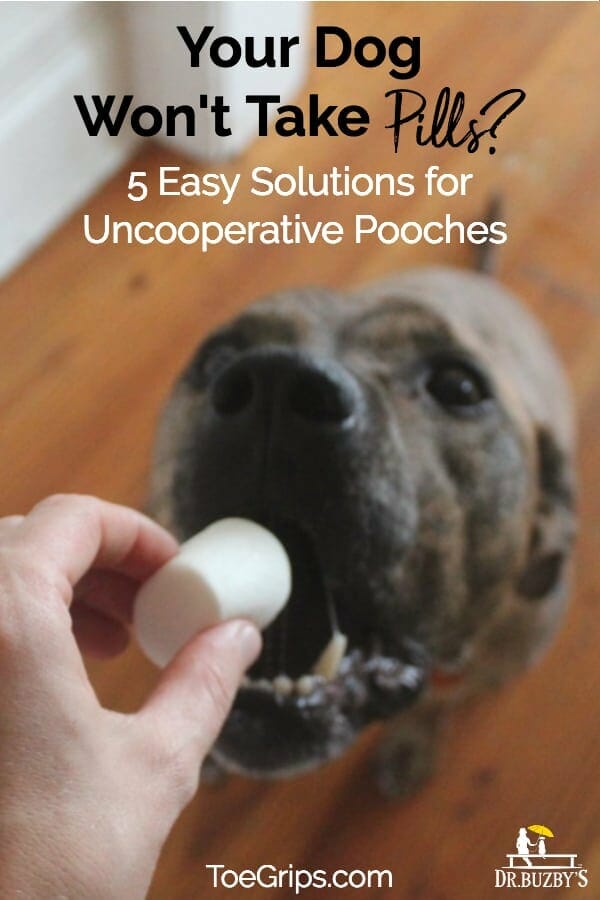To force feed a dog who won’t eat, mix their food with water or broth, then use a syringe or dropper to administer it slowly into their mouth. If your dog is refusing to eat, it can be a concerning and stressful situation.
There are several reasons why a dog may lose their appetite, including illness, stress, or simply being a picky eater. However, it’s important to try to encourage your dog to eat in a safe and gentle manner. In some cases, force feeding may be necessary to ensure your dog receives the nutrition they need to recover.
This article will provide tips on how to force feed a dog who won’t eat while keeping their best interests in mind.

Credit: toegrips.com
Understanding The Causes Of Poor Appetite In Dogs
There are several common reasons for picky eating behavior in dogs. Health issues such as dental problems, gastrointestinal discomfort, or infections can lead to a decreased appetite. Additionally, stress, anxiety, or changes in the environment can also affect a dog’s desire to eat. It’s important for pet owners to closely monitor their dog’s eating habits and consult with a veterinarian if they notice any significant changes. In this way, the underlying cause of the poor appetite can be identified and addressed, ensuring the overall well-being of the dog.
Creating A Positive Mealtime Environment
When force-feeding a dog who won’t eat, it’s important to create a positive mealtime environment. Enhancing the taste and smell of the food can entice the dog to eat. This can be achieved by adding appetizing toppings or mixing in some warm water to intensify the aroma. Additionally, maintaining a regular feeding schedule is essential in establishing routine. This helps the dog anticipate meal times, making it more likely for them to eat willingly. By focusing on creating a pleasant eating experience, you can encourage your dog to consume their food without the stress of force-feeding.
Techniques For Ensuring Food Intake
When dealing with a dog that won’t eat, it’s important to remain patient and show empathy towards their situation. Using food puzzles and interactive feeders can help stimulate their appetite and make feeding time more engaging for them. You can also try hand-feeding or using lick mats to entice the dog to eat. Additionally, creating a quiet and comfortable environment for feeding can help reduce the dog’s stress and anxiety. It’s crucial to avoid forcing the dog to eat, as this can worsen their reluctance. Instead, offering small, frequent meals and incorporating high-value treats can gradually encourage them to eat. Overall, the key is to approach the situation with understanding and compassion for the dog’s needs.
Frequently Asked Questions On How To Force Feed A Dog Who Won’t Eat
How Can I Tell If My Dog Needs Force Feeding?
If your dog has refused food for over 24 hours, appears lethargic, or is experiencing weight loss, it may be necessary to consider force feeding.
What Are Safe Methods To Force Feed A Dog?
Using a syringe or spoon-feeding are safe methods to force feed a dog. Always consult a vet for guidance on proper techniques and suitable foods.
What Foods Can I Use To Force Feed My Dog?
Soft, easy-to-swallow foods such as canned dog food, baby food, or a mixture of kibble and water can be used to force feed a dog.
How Do I Administer Food To A Dog Who Won’t Eat?
Administer small amounts of food at a time using a syringe or by gently spoon-feeding to avoid overwhelming the dog.
Conclusion
To sum up, forcing a dog to eat can be a distressing situation for both pet and owner. It’s critical to approach this task with patience, understanding, and empathy. Remember to consult a veterinarian for guidance and support. With these tips and a compassionate approach, you can encourage your dog to eat willingly and maintain their overall health.



